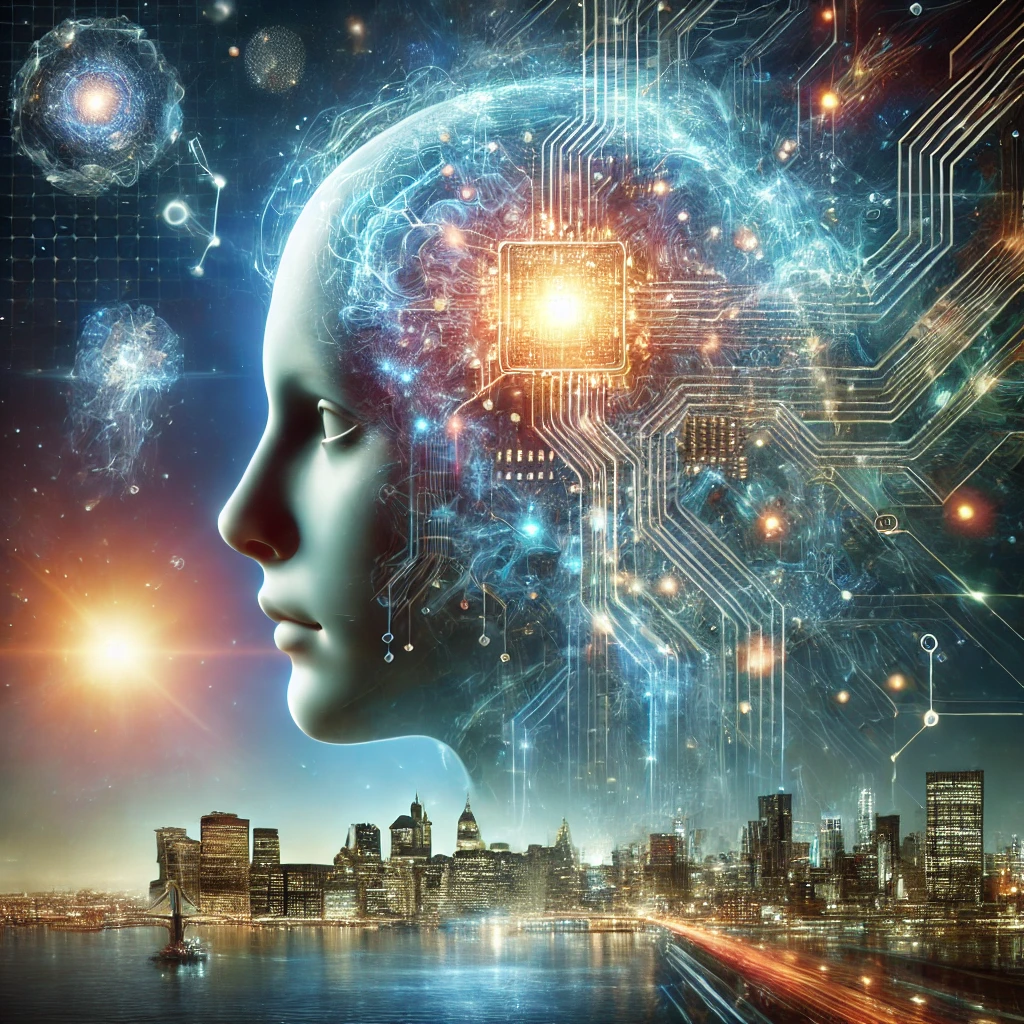The Singularity Is Near: A Summary of Ray Kurzweil’s Vision of the Future

Ray Kurzweil’s The Singularity Is Near is a groundbreaking exploration of the future of artificial intelligence, human evolution, and the convergence of technology with biology. Published in 2005, the book presents a compelling argument that the pace of technological advancement is accelerating exponentially and will ultimately lead to a radical transformation of human civilization.
The Concept of the Singularity
Kurzweil defines the Singularity as a future point where artificial intelligence surpasses human intelligence, leading to rapid technological advancements that will fundamentally change human existence. He predicts that by the mid-21st century, AI will become more intelligent than humans, leading to self-improving machines that advance beyond our current comprehension.
The Law of Accelerating Returns
A central theme in the book is the “Law of Accelerating Returns,” which states that technological progress follows an exponential rather than linear trajectory. This means that breakthroughs in fields like computing, biotechnology, and nanotechnology are occurring at an increasingly rapid pace, culminating in revolutionary advancements within just a few decades.
Key Predictions
Kurzweil makes several bold predictions, including:
-
Artificial Superintelligence: By the 2040s, AI will surpass human intelligence and become capable of improving itself autonomously.
-
Human-Machine Integration: Technologies such as brain-computer interfaces and nanotechnology will allow humans to enhance their cognitive abilities, effectively merging with AI.
-
Longevity and Immortality: Advances in medical science and biotechnology could enable humans to significantly extend their lifespan, potentially achieving a form of digital immortality by uploading consciousness into machines.
-
Nanotechnology and Robotics: Molecular machines will revolutionize medicine, allowing for precise control at the cellular level, potentially eliminating diseases and reversing aging.
Implications of the Singularity
Kurzweil argues that while the Singularity presents enormous opportunities for humanity, it also poses significant ethical and societal challenges. Questions about AI governance, human identity, and economic disruption must be addressed to ensure that these advancements benefit all of humanity.
Conclusion
The Singularity Is Near offers an optimistic yet controversial vision of the future, where humans and machines merge to create a post-biological era of intelligence and innovation. Whether one views Kurzweil’s predictions as realistic or speculative, the book provides a thought-provoking perspective on the transformative power of technology and its potential to reshape the human experience in the coming decades.